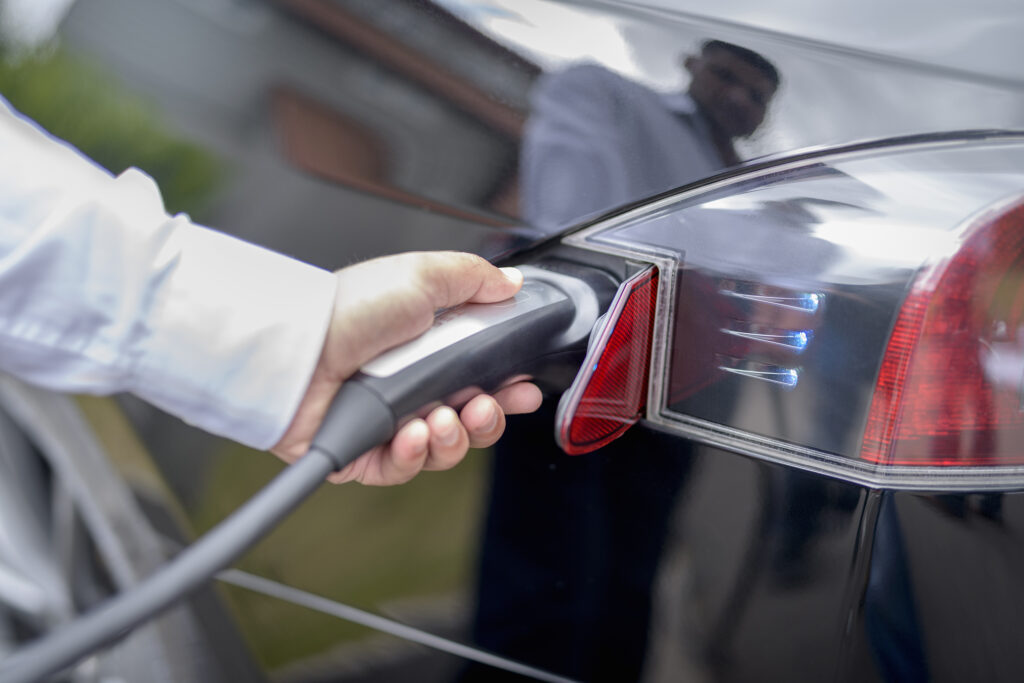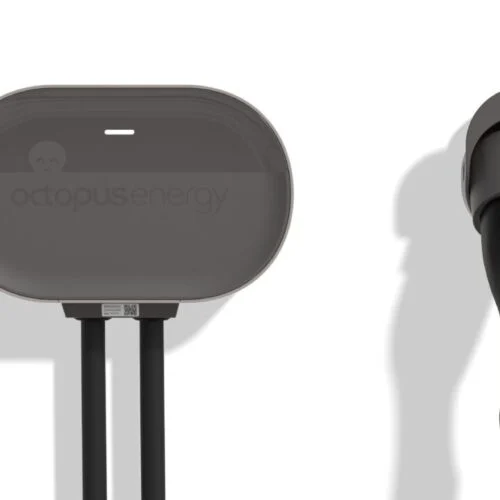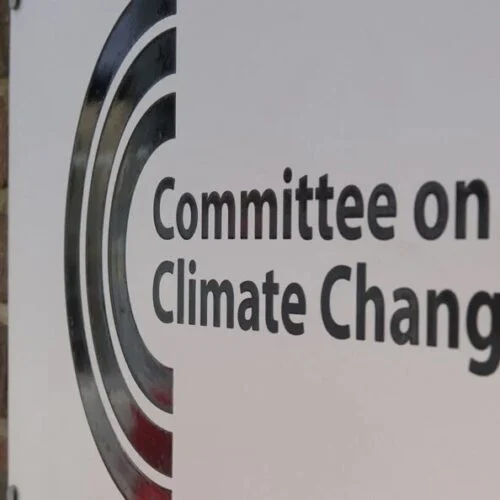Toby Ferenczi, director of strategy, OVO Group
Intense debate over how to decarbonise heat
We need a whole system view across electricity, gas, heat, transport, industry and agriculture to successfully transition to a net zero carbon energy system. Whilst the pathway to decarbonising the power and transport sectors is becoming clear, a strategy for decarbonising heat is lagging far behind. Heat currently represents around one third of the UK’s total greenhouse gas emissions most homes reliant on natural gas. In 2020, the new government will need to set the direction for how we tackle this challenge, balancing calls for hydrogen-based solutions with those pushing for electrification.
Companies taking more action on the climate crisis due to consumer pressure
The climate crisis is the single most important issue of our time. We are at a turning point in history: we all have a shared responsibility to take action. Over the past 12 months we have seen more companies take action on the climate crisis due to consumer pressure. In OVO’s sustainability strategy, Plan Zero, we have committed to optimise 5 million homes with flexible low-carbon technologies. By achieving this target, we will be enabling 20% of UK homes to actively participate in the transition to a zero-carbon energy system. Companies in all sectors will find they need to demonstrate how they are contributing to decarbonisation, or risk losing their customers.
Greater participation of consumers in the energy transition
Tackling the climate crisis will only be achievable if everyone plays a dynamic role in the transition to a less carbon intensive society. Fortunately, there’s been incredible innovation in energy technologies that provide customers with smart control of their energy consumption. Instead of being passive consumers, in 2020 we will see some large demonstrations of technology that enables customers to generate and store their own clean energy and export it back to the grid. Provided the right regulatory frameworks encourage households to contribute to a more flexible and decarbonised system, we should see greater adoption of smart enabled energy products and tariffs that reward more intelligent energy use.
Graham Ault, executive director, Smarter Grid Solutions
Customer value proposition innovation
With greater climate awareness and motivation, we expect more innovative customer value propositions from energy and network companies and a greater receptiveness to these from customers. This will take the form of further growth in corporate PPAs for larger consumers to meet zero carbon energy targets, Energy as a Service (EaaS) solutions for customers that require finance to deliver their goals, uptake of newly offered differentiated tariffs for smart/flexible cost-conscious customers, and multiple energy vector solutions including flexible EV charging and heat solutions for those taking a holistic approach to their energy needs.
More joined-up solutions
To deliver an energy system out of this transitional period that is at least as good as today in terms of cost and performance, there needs to be much better coordination and co-optimisation of the many new clean energy technologies, customers and objectives with the grid and market. We expect to see many more deployments of interconnected solutions including renewable energy generation with electrified vehicle transport with space/water/process heat and customer flexibility. We will see growth in the deployment of hybrids including wind/storage, PV/storage and PV/EV as well as the solutions to integrate these to grid and market at a range of different scales. Business model innovation around these solutions will continue from utilities, service providers and the supply chain as well as from customers.
New participants and business models
Many of the technologies needed for the energy transition are either in place or coming soon. Many of these technologies need to make the jump to fully commercially deployable solutions to enable implementation at scale while others need effective system integration to the complexities of the electricity system and market. We expect to see a greater prominence for emerging participants in electricity supply chains as well as direct market participants in the areas of EV fleets, energy storage offerings, EV charging infrastructure, behind-the-meter aggregation, flexibility service providers, hybrid energy solutions, heating and cooling (service) solutions and the necessary integrating and market interaction platforms. In response, and given the timing in the regulatory cycle, we expect that DSO business models will further crystalize into deployable plans through 2020.






